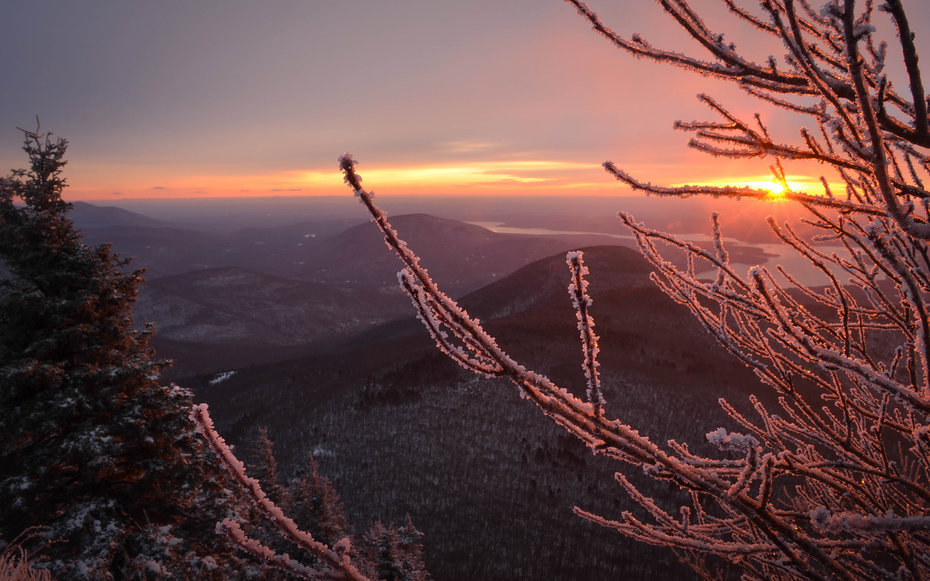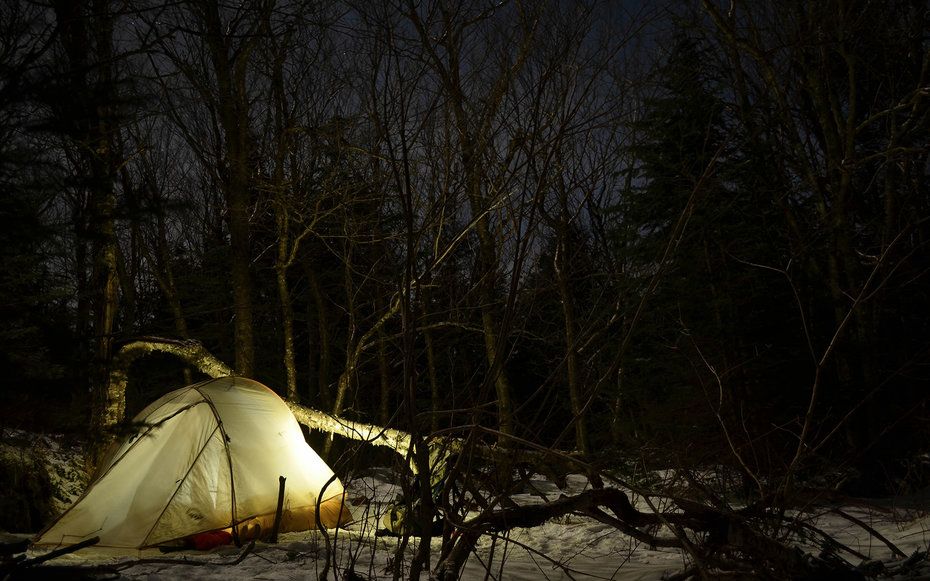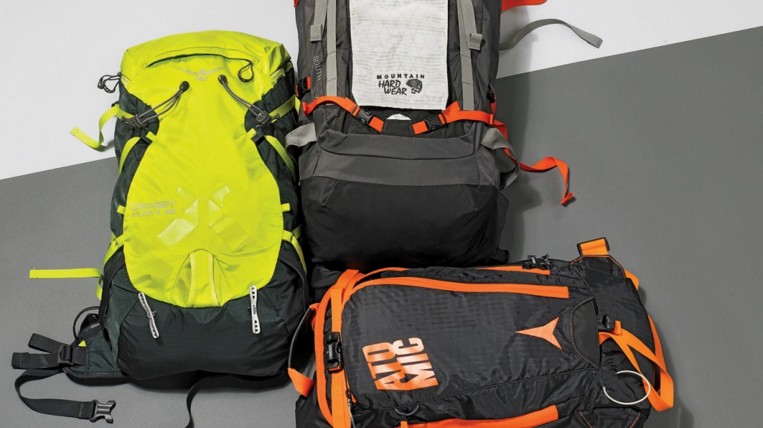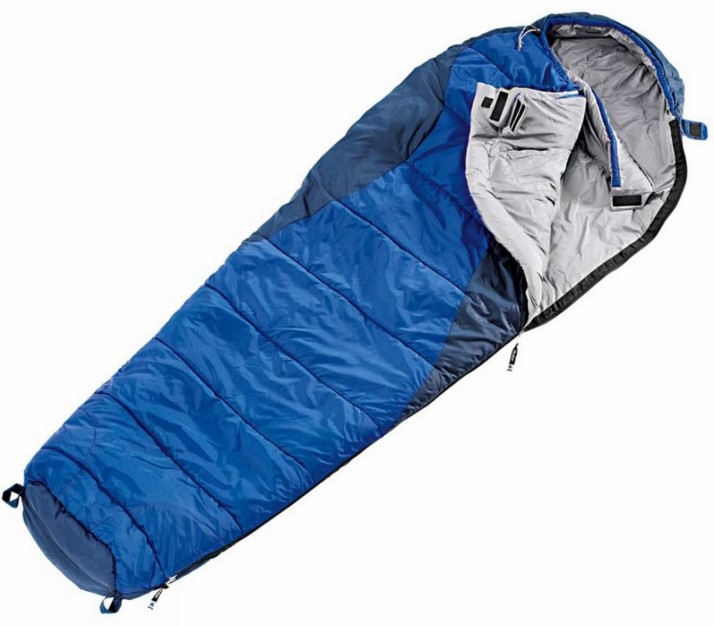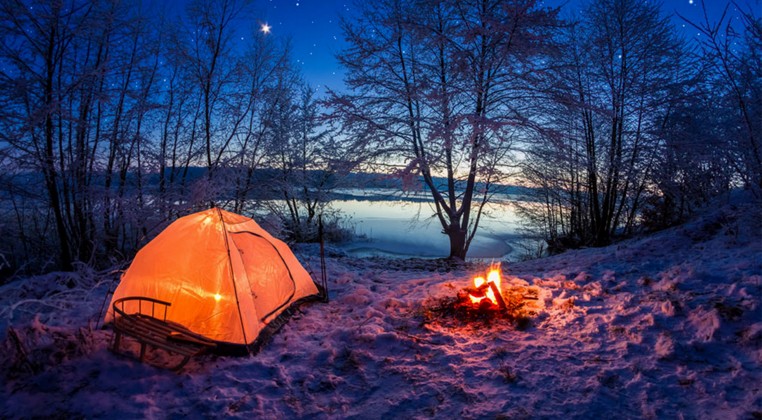8 winter hiking tips for safety & comfortable
Cold weather doesn’t mean you have to spend the next few months on the couch. Here’s 8 hiking tips to stay outside all winter long.
Most folks have put their hiking boots away in return for a long winter of hibernating and Netflix now that the cold weather has arrived—and dumped snow on most of the northeast. Few people think of this time of year as a chance to appreciate the outdoors in its most serene state: frosty and free of people and mosquitos.
Winter is an excellent time to visit magnificent, snow-covered summits and paths that were previously clogged with groups of people snapping pictures. You’ll be just as comfortable in the cold as you would be on a warm spring day if you carry the right clothing and practice some essential techniques. Because accouterments might be pricey, first-time hikers and campers can try renting from a local outdoor store before making any big purchases.
For the adventurers looking to exchange their slippers for winter boots, the most rewarding trip of the year awaits: these tips will get you onto the trail now.
1. Wear appropriate footwear
The most crucial item in your winter outfit is a pair of warm, durable hiking boots. Scarpa produces an outstanding high-end hiking boot, but there are many other less expensive choices available at any outdoor gear store, such as Merrel or Keen. Before venturing out into the woods, make sure the footwear fits properly: no one loves hiking with blisters. The right boots will not only give more support while lugging a hefty backpack up a snowy hill, but they will also keep you warmer than low-top hiking sneakers. Wear thick wool or synthetic socks, as well as sock liners, to keep your feet warm and dry.
2. Use microspikes
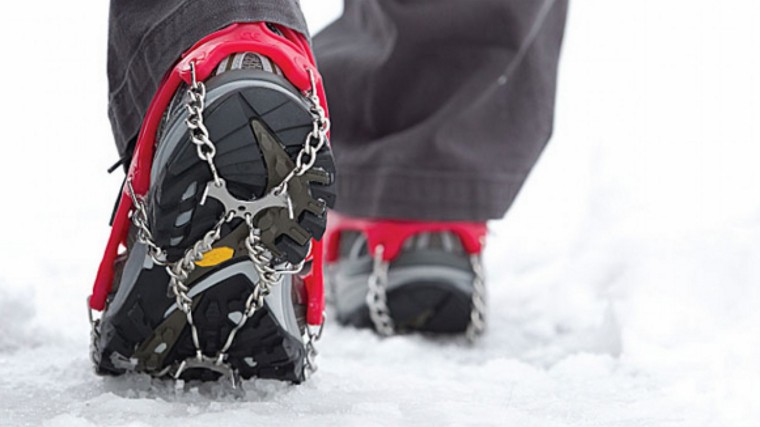
These practical gadgets are worn around the ankles of hiking boots and are best used on hard-packed snow and ice. They minimize your risks of sliding or falling on the route while also increasing the amount of energy you burn while trekking. Kathula manufactures the best microspike on the market, and they’re well worth the money: they offer excellent grip and reduce ice build-up on the bottom. Snowshoes may be required if the snow is lighter and deeper. MSR manufactures high-quality snowshoes for all sorts of terrain, despite the fact that there are a plethora of manufacturers out there.
3. Skip the cotton
Cotton absorbs water quite well and remains wet for days. If a pair of cotton gloves or socks get wet, they will be useless for the rest of the trip and could potentially put you at risk for hypothermia. Stick with wool, down, or synthetic materials.
4. Add layers
When you’re at camp or taking a break, you’ll need to wear more layers to be warm since the moment you stop moving, your body starts to cool down. When you stop, quickly apply another layer to help preserve the heat you generate during your journey. Similarly, putting on a down jacket or fleece as soon as you stop for a trail mix break may make a big difference—rebuilding warmth after your body temperature has fallen takes a lot of work.
5. Pack extras (of everything)
Batteries will die faster in cold conditions, and damp clothing cannot be worn. Socks and gloves will need to be replaced as they grow wet along the journey. By putting damp pieces of clothing or a charged battery in a pocket near to your body, you may use your body heat to dry them and keep a spare on hand.
6. Bring an appropriate sleeping bag
In freezing weather, that 40-degree sleeping bag you use for your yearly August camping trip will not suffice. To be safe, bring a sleeping bag that is rated for a temperature that is about 15 degrees lower than the lowest temperature predicted. Remember that higher elevations might be much cooler than lower elevations when checking the forecast, especially if you intend on camping several thousand feet above the projected site. A sleeping bag liner is also recommended for added warmth.
7. Use your tent’s rain fly
Every tent comes with a fly to keep it dry when it rains; some flies are permanent, while others are removable. Using the rain fly on your tent during cold weather is necessary, regardless of weather conditions, since the fly will maintain a greater internal temperature. To enhance ventilation and minimize condensation, allow space between the rain fly and the tent’s outer walls if feasible. If your jacket has ventilation zippers, utilize those as well.
8. Keep your boots close
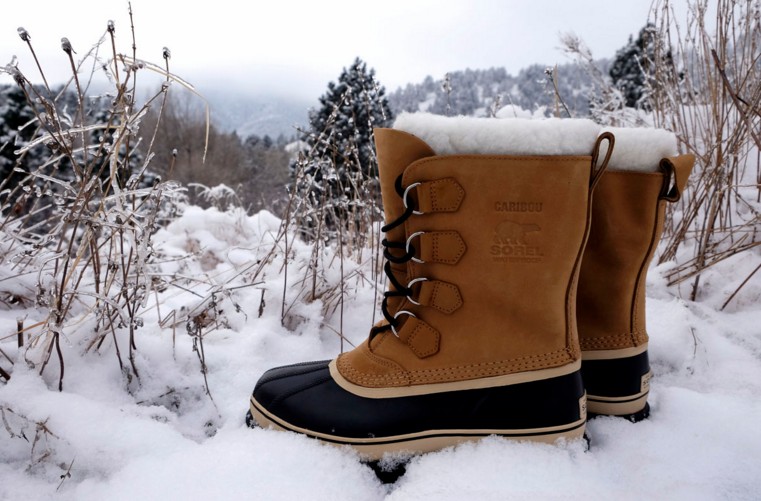
The last thing you want when you get out of your sleeping bag in the morning are freezing boots. They may be stored in a waterproof bag at the bottom of your sleeping bag at night. Your body heat will keep your boots from being too cold. This method may be used to keep any other objects warm, such as batteries, food, gloves, and socks.











